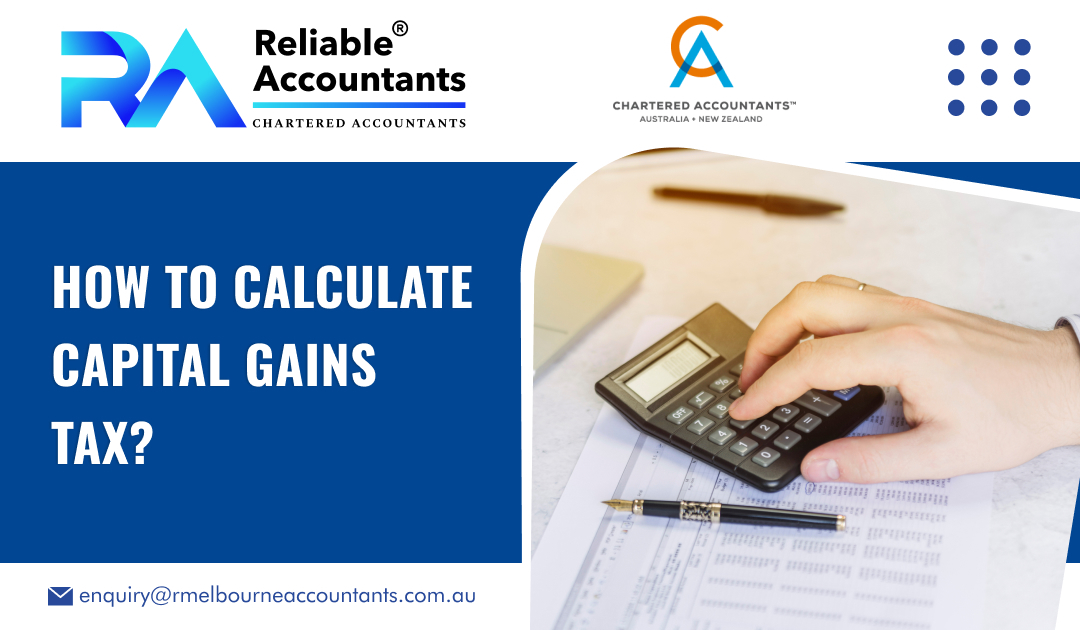Did you know how capital gains tax works, how to calculate CGT, and how you lodge and pay tax on capital gains when you dispose of assets? To know everything about capital gains tax, read this blog.
What is Capital Gains Tax?
Capital gains tax is the tax that you need to pay on profits from selling assets, including investments, such as shares, property, and crypto assets. Although it is known as capital gains tax, it belongs to your income tax.
If you sell assets (basically when you are no longer the owner of an asset), a CGT event may occur. This is when you must lodge capital gains and capital losses in your income tax return. If you have a:
- capital gain, it will maximise the tax you have to pay – you may need to check out how much tax you will owe and set aside funds so you can cover it
- capital loss, you can offset it against any capital gains in the year they may be triggered, or in upcoming years, and minimise the tax you must pay – it is vital to report losses on your tax return.
How to Work Out Capital Gains Tax?
You will have two options, either use a calculator to calculate capital gains tax or calculate CGT yourself. The following steps are followed to calculate CGT:
-
Step 1: Check out what you obtained for the asset
This is your capital proceeds. It is what you get when you dispose of the asset or another CGT event occurs to it. If you give an asset or sell it to your friend for less than it’s worth, your capital proceeds are the asset’s market value.
-
Step 2: Check your costs for the asset
This is your cost base. This is what it costs you to receive the asset, plus other costs you had to obtain, hold, and sell the asset. If you had a loss on the asset, you need to check the loss amount by using the reduced cost base. On the other hand, if you had a gain on the asset and obtained it prior to 21 September 1999, you can index the cost of inflation up to the date.
-
Step 3: Minus the costs (2) from what you obtained (1). If the result is:
- above zero, you have a capital gain for this asset
- For this asset, if the value is less than zero, it indicates a capital loss.
-
Step 4: Repeat steps 1-3 for every CGT event you’ve had this financial year
-
Step 5: Minus your capital losses from your capital gains
- If you don’t have allowable capital losses, skip to step 7.
- In case you have a net capital loss carried forward from previous years, minus this first.
- You can decide to choose which capital gains to minus your losses from. If you have any capital gains that are not qualified for the CGT discount, minus your losses from these gains first.
-
Step 6: If the remaining amount is:
- above zero – skip to step 7
- In case it is your net capital loss, you can skip to step 8.
-
Step 7: Apply the CGT discount to any remaining capital gains that qualify
- A capital gain qualifies for the discount if you are an Australian resident and you were the owner of the asset for at least 12 months.
- If you were an owner of the asset for less than 12 months, then you won’t be able to apply the CGT discount on that asset. By following these steps you will come to know the answer to your query “How much capital gains tax will I pay?”.
- The discount is 33.33% for complying super funds. Companies are not allowed to use the discount.
- If you own a residential property such as a house, unit, or apartment that is categorised as affordable housing, you can avail a discount of 60%.
- However, if you acquired the asset before 21 September 1999 and chose to index its cost base at step 2, you won’t be able to use this discount.
-
Step 8: File your net capital gain or loss in your income tax return
- If you earn a profit from the sale of an investment, you’ll be required to pay tax on that profit at your marginal income tax rate.
- Conversely, if you make a loss from the sale of an investment, you won’t be able to deduct it from your other income, but you can carry it forward to offset any future capital gains you may make. Now that you know ‘how to calculate capital gains tax on property?’.
Conclusion
Now that you know the steps to calculate capital gains tax. However, many people find it difficult to calculate CGT. Therefore, you can rely on Reliable Melbourne Accountants as we will get it done for you.

